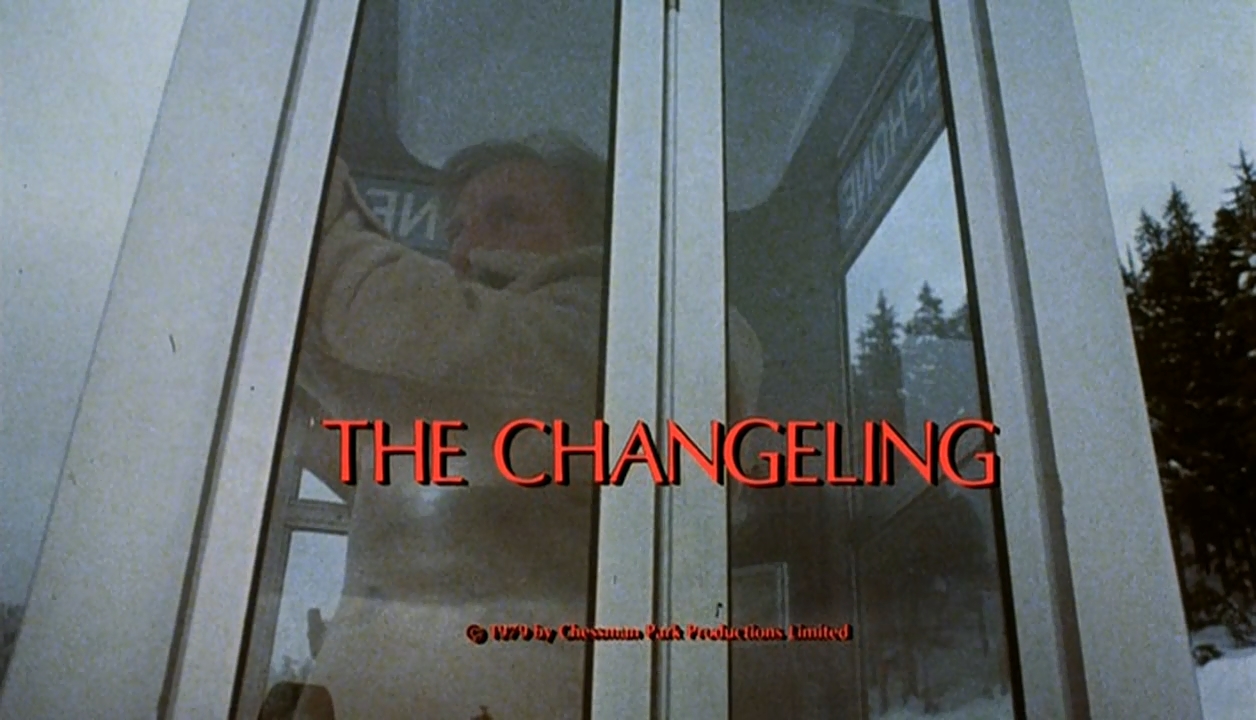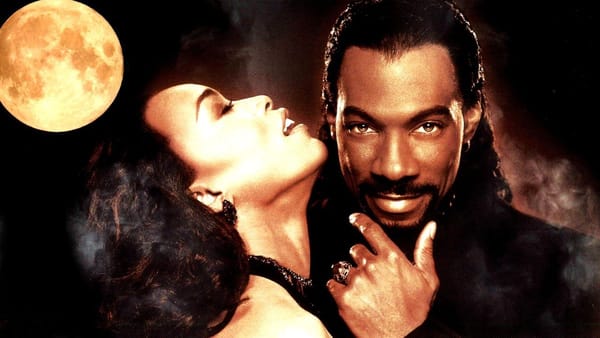45 Years Later: Celebrating Peter Medak's The Changeling
“How did you die, Joseph? Did you die in this house? Why do you remain?”
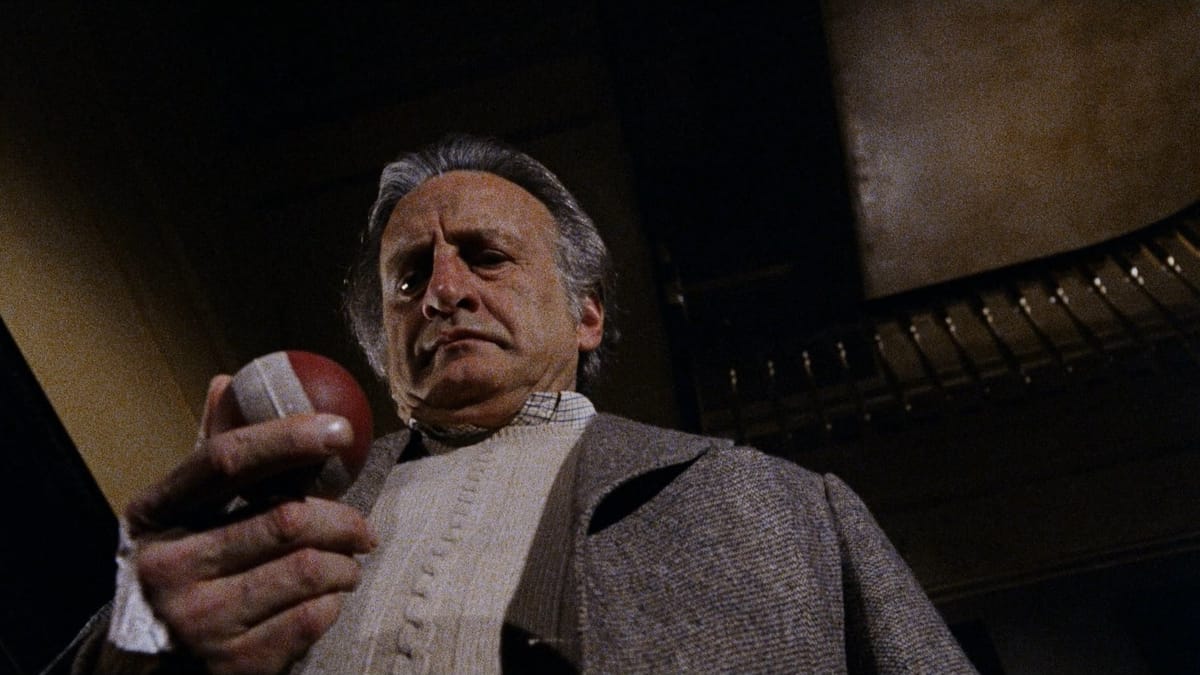
Hello, everyone! It’s hard to believe that this year, the horror movies from 1980 are all celebrating their 45th anniversary this year. To mark the occasion, I’ll be celebrating my favorite genre films from that year. First up, I’m highlighting one of the best haunted house movies to be released in 1980, or ever — Peter Medak’s The Changeling.
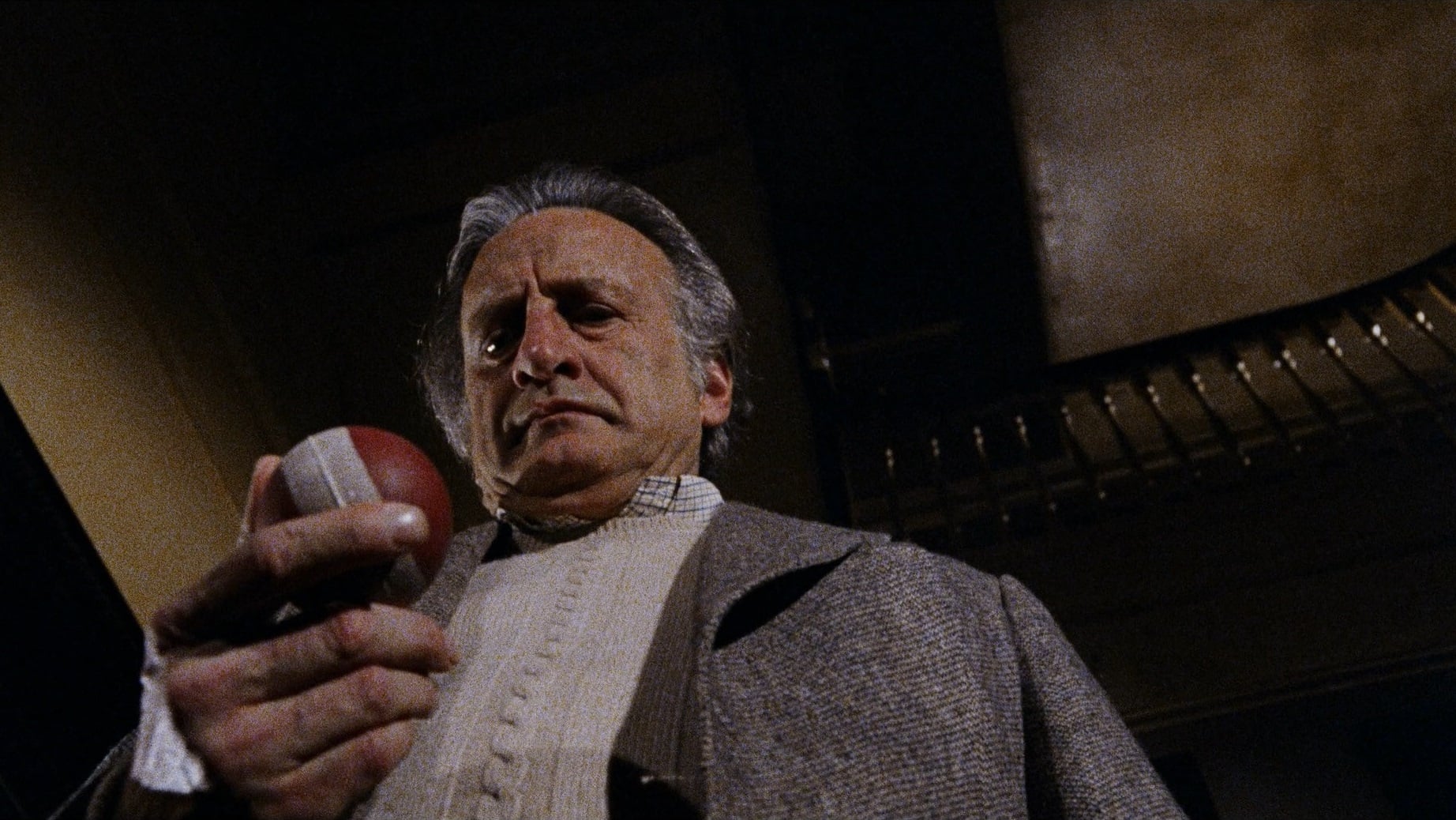
What begins as a tragic collision of grief and the supernatural evolves into a chilling tale of political corruption, deceit, and murder in Peter Medak’s The Changeling. While it may not be the only haunted house movie to be released in 1980, The Changeling stands out as one of the most emotionally gripping horror stories of its (or any) time. Based on a true story, Medak’s atmospheric chiller remains an underappreciated masterclass in tension and terror propelled by an all-time performance from award-winning actor George C. Scott.
At the start of The Changeling, things couldn’t be better for acclaimed composer John Russell (Scott), who is on a snowy holiday in upstate New York with his beloved wife, Joanna (Jean Marsh), and daughter, Kathy (Michelle Martin). On a seemingly perfect day (November 27th, to be exact), their car stalls out on the side of the road, so John heads to a nearby payphone to call for help as Joanna and Kathy frolic in the snow. That’s when everything changes in an instant for the Russells, as a speeding truck skids out of control on the highway, instantly killing John’s family and leaving him helpless inside of a phone booth to do anything to prevent their deaths (the silent imagery of Scott screaming in terror while trapped inside the booth is a provocative choice, especially considering the iconic actor’s work in films like Patton and Dr. Strangelove).
Wracked with guilt, John decides to move clear across the country to Seattle (arriving on March 4th) as a means of escaping his all-consuming heartache. Ready to settle into his new life as a music teacher at a university, John moves into a Victorian mansion that’s long been empty, hoping to fill its cavernous rooms and halls with his musical talent. What John doesn’t realize is that he’s not alone in his new residence, as he begins to contend with a series of eerie occurrences. His piano begins to play by itself, his deceased daughter’s favorite red ball starts showing up out of nowhere (even after John discards it over the side of a bridge), various water faucets begin to turn themselves on, and John is repeatedly woken up at 6 AM to the sound of clanging pipes that leave him rattled and curious about the history of his new home.
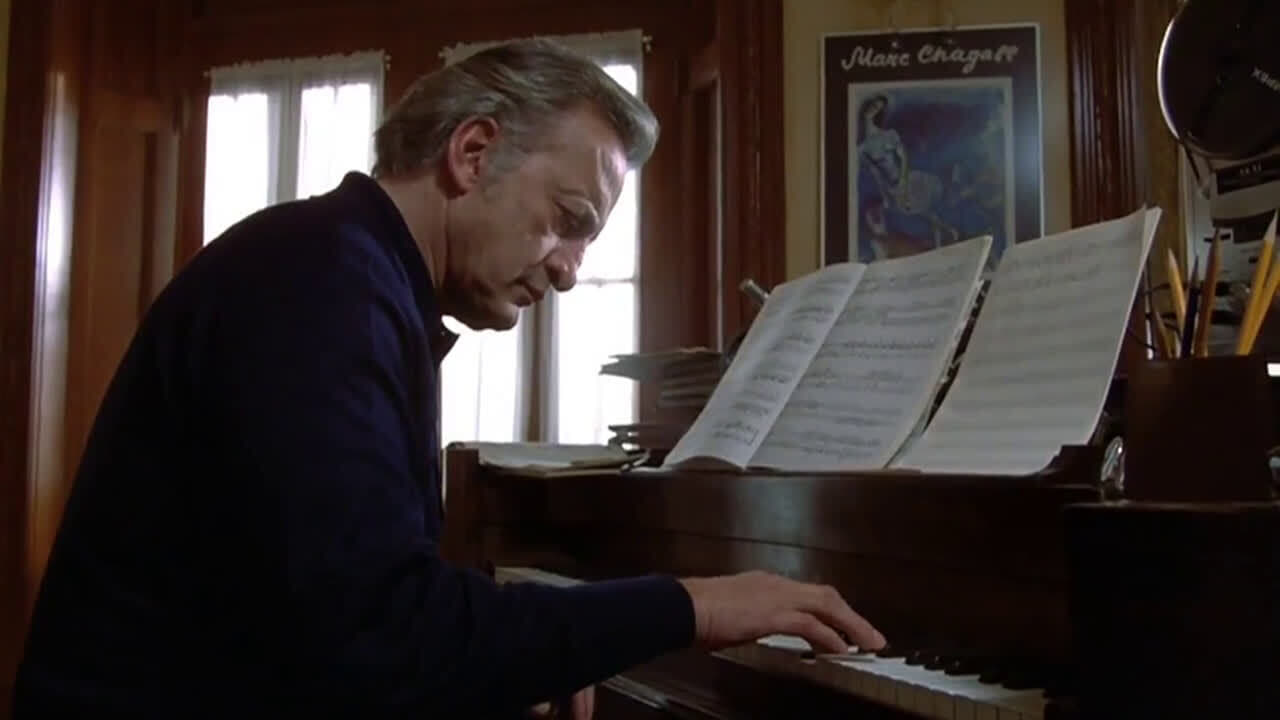
From the Desk of The Horror Chick is a reader-supported publication. To receive new posts and support my work, consider becoming a free or paid subscriber.
For John, there’s no doubt in his mind that something otherworldly has taken up residence in his rented estate. Initially, he believes that he’s being contacted by the ghost of his young girl who had been killed outside of the house in 1909. But after further investigation, John soon discovers that in 1906, a sickly young boy named Joseph Carmichael was murdered by his own father, with the death being quickly covered up as a means of inheriting the family fortune via a “changeling” (a child who is secretly substituted for another). That changeling eventually became a powerful Senator (played by Melvyn Douglas), all while the spirit of the real Joseph yearns to have his story told and his soul laid to rest.
Still clearly motivated by his own heartbreak over the loss of his family, John sets out to reveal Joseph’s truth and find a way to make things right for the restless spirit of the young boy whose memory had been disregarded by his own progenitors and who had been murdered in cold blood.
In Medak’s The Changeling, art was imitating life in many ways, as the film’s script from screenwriters William Gray and Diana Maddox was inspired by the experiences of playwright Russell Hunter. Hunter had lived in the reportedly haunted Henry Treat Rogers mansion in Colorado during the 1960s. While there, he came across a journal that detailed the life of a young disabled boy who previously lived a life of isolation inside the mansion until he was murdered by his parents and they adopted a similarly-looking boy to take his place. The boy’s remains were eventually discovered buried at another residence that Hunter was guided to seek out during a séance by the spirit of the deceased child.
These events from Russell Hunter’s time at the Henry Treat Rogers mansion are chronicled in two of The Changeling’s showstopping sequences: the aforementioned séance and the mysterious reappearance of Kathy’s red ball that ominously bounces down the mansion’s staircase. During the séance in The Changeling, Medak smartly sidesteps audience expectations of what we usually see in these types of scenes by utilizing the character of Leah Harmon, the medium John brings in to connect with the spiritual world, to create an unyielding atmosphere of dread and unease with her unnervingly hypnotic performance.
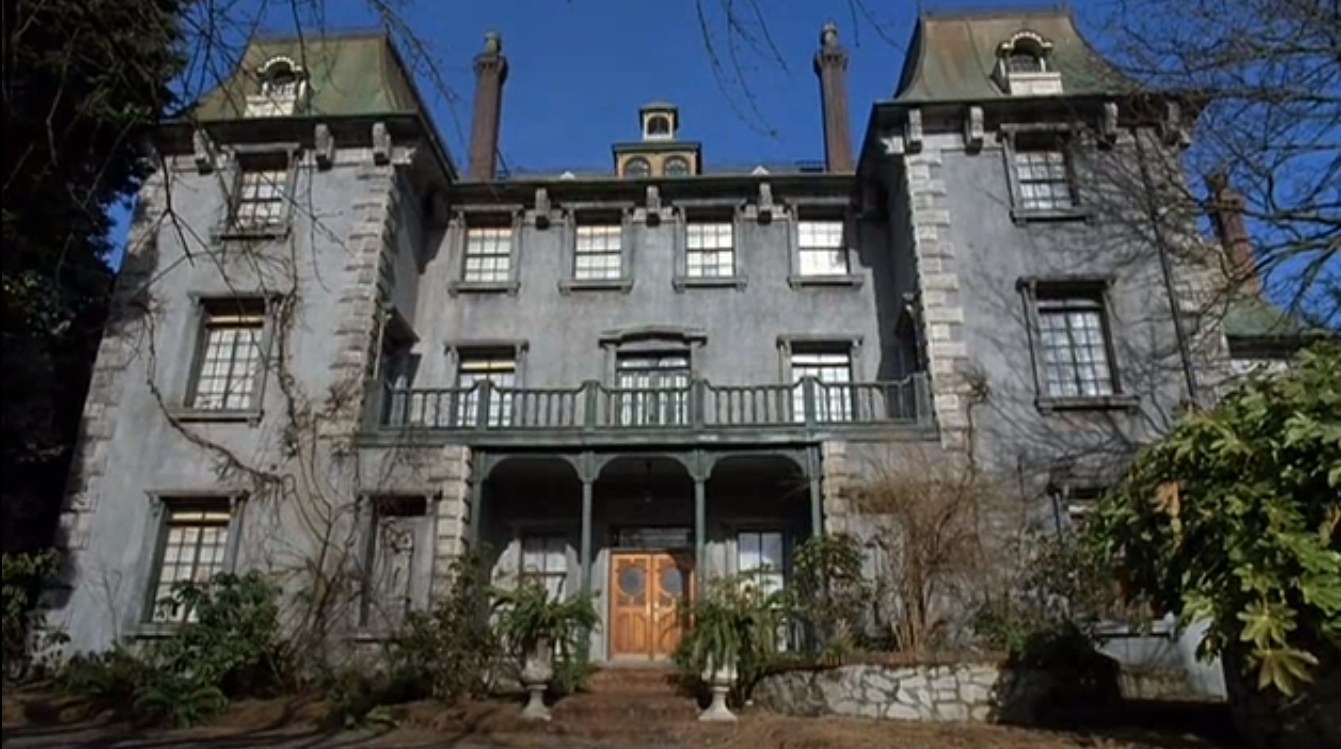
While the primary location of The Changeling is a gorgeous Victorian mansion that feels forgotten by time, the house featured throughout the film never actually existed. Because Medak and the producers were unable to find a house suitable for filming while on location in Canada, production designer Trevor Williams suggested building a false facade on an existing lot in Vancouver, where he could create a home that fit Medak’s vision. Williams smartly built scaffolding into the facade of the mansion so workers could easily move about, which was especially important during The Changeling’s fiery finale, and he gave the facade a sense of depth, too, creating the illusion of a real house lurking behind its windows, which blended seamlessly with the interior shots of the home that were all done inside a Canadian soundstage.
Coincidentally enough, much like the house at the end of The Changeling, the real-life Henry Treat Rogers mansion also inexplicably burned down, right before it was set to be demolished to make way for the construction of a new apartment building.
When Williams and his team set out to create the interiors of the mansion in The Changeling, they wanted to make sure that Medak and cinematographer John Coquillon could have as much freedom as they wanted to move the camera around, so all of the walls had wheels and could easily be moved throughout production. This allowed Coquillon to use his camera as the visual representation for the spirit of Joseph Carmichael in The Changeling, as he was able to freely move about the interconnected sets created at Panorama Studios, shooting from angles both low and high, and he also had the freedom of being able to move the camera about in ways that feel impossibly otherworldly.
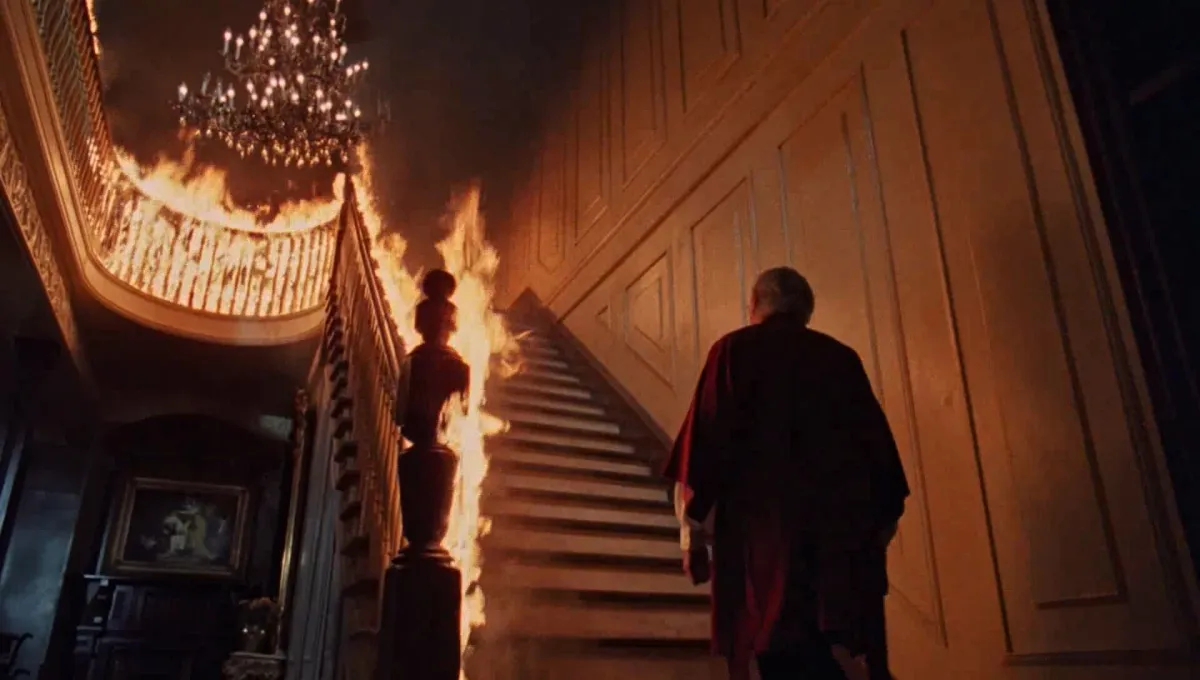
Most of the details Williams built into the interior sets were period authentic, and the scenic artist James T. Woods was so devoted to his position that he lived inside his van parked nearby throughout production, always at the ready to do any necessary touch-ups or changes that Medak might need completed at a moment’s notice.
It’s also worth noting that even though the primary residence that is the focus of The Changeling never actually existed, the film does play host to an extremely notable locale: Hatley Castle in Victoria, British Columbia. The estate was used as the home of Senator Carmichael in The Changeling and also makes an appearance in several X-Men movies and Deadpool, and it also served as the home for Lex Luthor throughout the Smallville television series.
Medak’s The Changeling begins as an atmospheric cinematic meditation on the relentless nature of grief and isolation, as we watch John Russell (Scott) struggle between his desire to move forward with his life, all while reckoning with the tragedy that is still consuming him. He makes connections with others in the community – namely Claire Norman (Trish Van Devere), who helps him settle into his new life. But as John continues to be plagued by the loss of his beloved wife and daughter, this house that is meant to be his reprieve where he can play his music and tend to his wounds (both psychological and emotional), Scott’s character is forced to confront his feelings regardless, as Joseph’s haunting behaviors rarely gives John the peace he so desires.
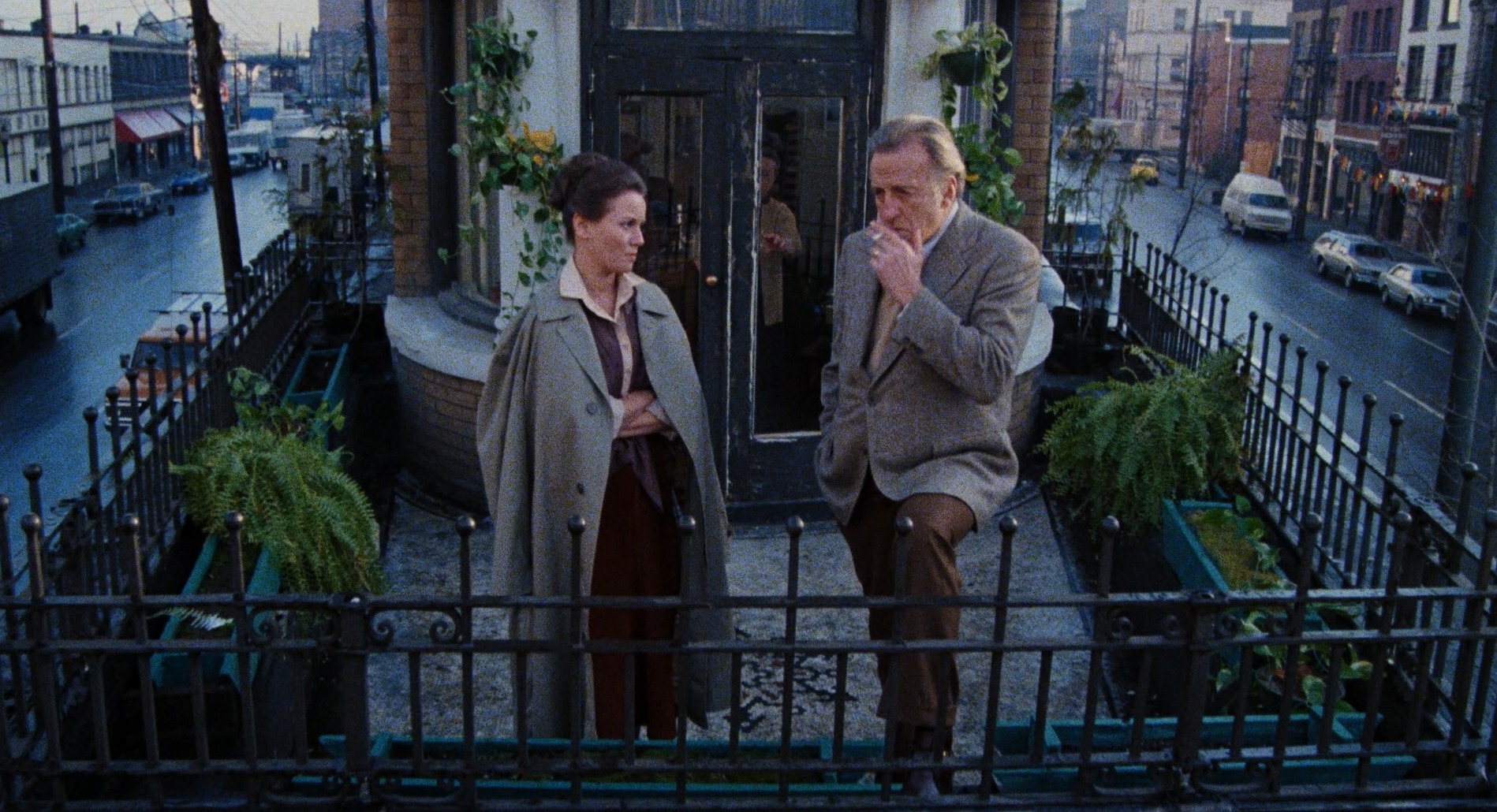
That’s the thing about the mourning process — it rarely plays by any rule book and the supernatural experiences that John undergoes throughout The Changeling is reflective of the unrelenting nature of grieving a loss and how it can loom over you, impeding into your every day life without any warning. As mentioned, John tries to deal with his pain by letting go of his daughter’s ball when he tosses over the side of a bridge, but Joseph won’t let him move on. It’s because John’s anguish over what happened to his wife and child makes him the perfect vessel for Joseph to make a connection to our world so that his horrific death won’t remain a secret for much longer.
Joseph’s decision to use John as his catalyst for truth in The Changeling is when the film evolves into a story with far more sinister roots than audiences are initially led to believe. There have been plenty of haunted house movies throughout time, but what makes The Changeling a powerful viewing experience is that the hauntings aren’t meant to torment John, they act as defiant screams from the after-life, revealing vital truths about political and familial corruption that are at the heart of this Seattle community and the actions of Richard Carmichael some decades prior when he decided to murder his ill child as a means of regaining control of his fortune.
In the third act of The Changeling, Senator Carmichael finally agrees to meet with John, as even he begins to suspect that there’s something unusual going on due to several inexplicable occurrences. It’s during their interaction when John’s theory about how Senator Carmichael became an unknowing pawn in this family’s relentless pursuit of power and perfection are confirmed, and the confrontation with the lawmaker is no longer about placing blame — it’s about revealing the truth. But in Carmichael’s mind, he just assumes the composer is looking to blackmail him, since that’s usually the type of interactions that politicians have been known to dabble in from time to time.
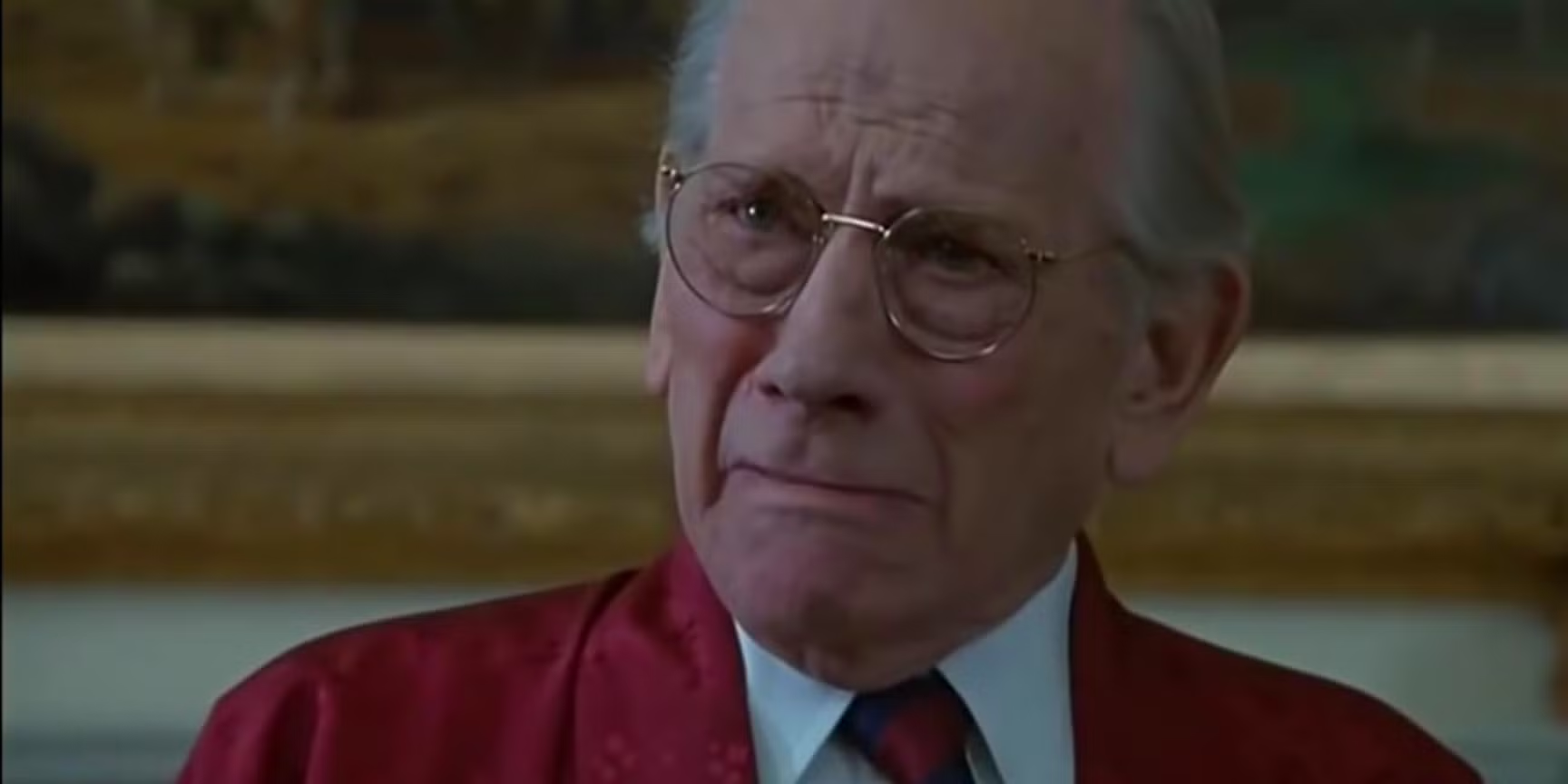
That truth that shakes Joseph Carmichael to his very core, as reflected in his insolent emotional outburst in the wake of John’s story. It would be near impossible for anyone to hear that their entire existence was nothing more than an elaborate lie. But for a prominent senator who comes from a prestigious family, the revelation is even more catastrophic, as Joseph realizes during the finale of The Changeling that there’s no amount of money that can buy the truth, despite spending your entire life believing otherwise.
Since its release more than 45 years ago now, The Changeling has earned its place in horror history as one of the finest horror films ever created — Canadian or otherwise — repeatedly earning spots on a variety of horror movie-themed countdowns and the film also makes an appearance on Bravo’s The 100 Scariest Movie Moments, with the bouncing red ball coming in at number 54 on their rankings. Scott’s quietly tortured performance as a man who so desperately seeks resolution in a variety of ways is the driving force that brings a sense of gravitas to The Changeling that makes it a stand-out effort amongst the horror movies of the 1980s.
When you take Scott’s work here and couple it with a series of highly effective set pieces dreamt up by Medak, a haunting score from orchestrator Kenneth Wannberg as well as immersive camera work from John Coquillon, this formula for success is the reason why The Changeling continues to connect with audiences to this very day.
